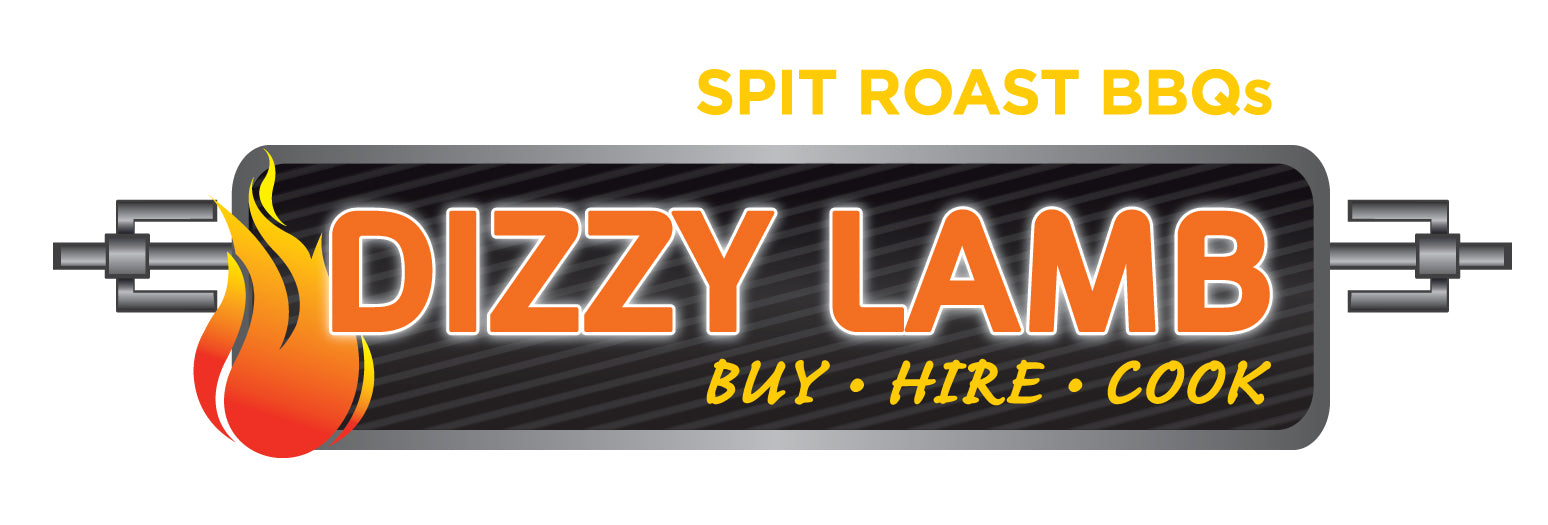Charcoal Spit Roaster – Tips & Techniques
Rotisserie cooking, traditionally known as spit roasting, is a grilling technique where you use charcoal spit roasters to barbeque meat. A charcoal spit roaster comes in perfectly handy when you want to treat your guests to succulent and appetising meat.
Spit roasting is a time-honoured grilling method where skewered meat is slowly rotated over medium heated charcoals to make the meat tender and flavourful.
Although spit roasting is ideal for barbequing large chunks of beef, lamb or pork, you can cook almost any type of meat provided you know the cooking technique.
Preparing the Meat
You can skewer sirloins of pork, lamb, and beef or entire poultry for grilling over the spit roaster. Ensure that the portions are of a proper size for comfortably piercing through the skewering spits. The manufacturer usually mentions the maximum weight of meat you can skewer onto the grilling spikes.
You can marinate the meat before grilling it for making it juicy, moist, and tangy. Ascertain even distribution of weight on the spit so that the meat is evenly roasted. Use butcher wires for tying loose ends like legs or wings with the body to prevent uneven cooking.
Ensure the meat is perfectly balanced on the spit roaster before lighting the fuel. Switch on the motor to ensure that the roaster is spinning smoothly. Make sure you take away the meat before igniting the fuel.
Arranging the Spit Roaster and Charcoal
The quantity (of meat) you will roast will determine the volume of charcoal (fuel) you will need. As a general rule of thumb, for every kilo of meat, you will need an equal quantity of charcoal. Anyway, stock extra fuel in case you need to shovel in more charcoal.
Now, position the charcoal tray or grate on the fire box floor after detaching the barbecuing grill. The coal grate insulates the floor from the intense heat and also increases the spit roaster’s longevity. Use a spade for shovelling 60-65% of the charcoal inside the firebox and light the fuel using a fire lighter.
Never ever pour oil, spirit or flammable fuels inside the firebox or else the whole set-up could explode! After the charcoal starts burning brightly, use a rake to spread out the charcoal along the extent of the meat. This ensures the meat is not directly overhead the flame, which could result in overcooking and burning the meat.
Put the roasting grill back in position. Place a pan on the grill to prevent the fat from trickling onto the flame. You can buy different sizes of aluminium pans from a local store.
Grilling the Meat
Install skewered beef or lamb portions on the rotisserie. Ensure the skewers are directly over the dripping pan. Now switch on the spit roaster’s motor. Baste the meat every 20-30 minutes. This will expedite the roasting and keep the meat moist.
You can shovel in the remaining charcoal if you feel it is necessary. Stay near the roaster till the meat is fully barbecued. The meat type and size, as well as the heating intensity, will determine the cooking time.
|
Meat |
Cooking Time (Approximate |
|
Whole Poultry |
1-2 hrs |
|
Beef |
35-40 minutes per kg |
|
Pork |
1-1.5 hours (per kg) |
|
Lamb |
1 hour (per kg) |
Keep checking the temperature using a cooking thermometer to ensure optimal roasting. Wrap the cooked meat in aluminium foil, and let it stay for 10-15 minutes before slicing and serving.

